Vdi Rds

Ms Rds Session Based Virtualization Vdi
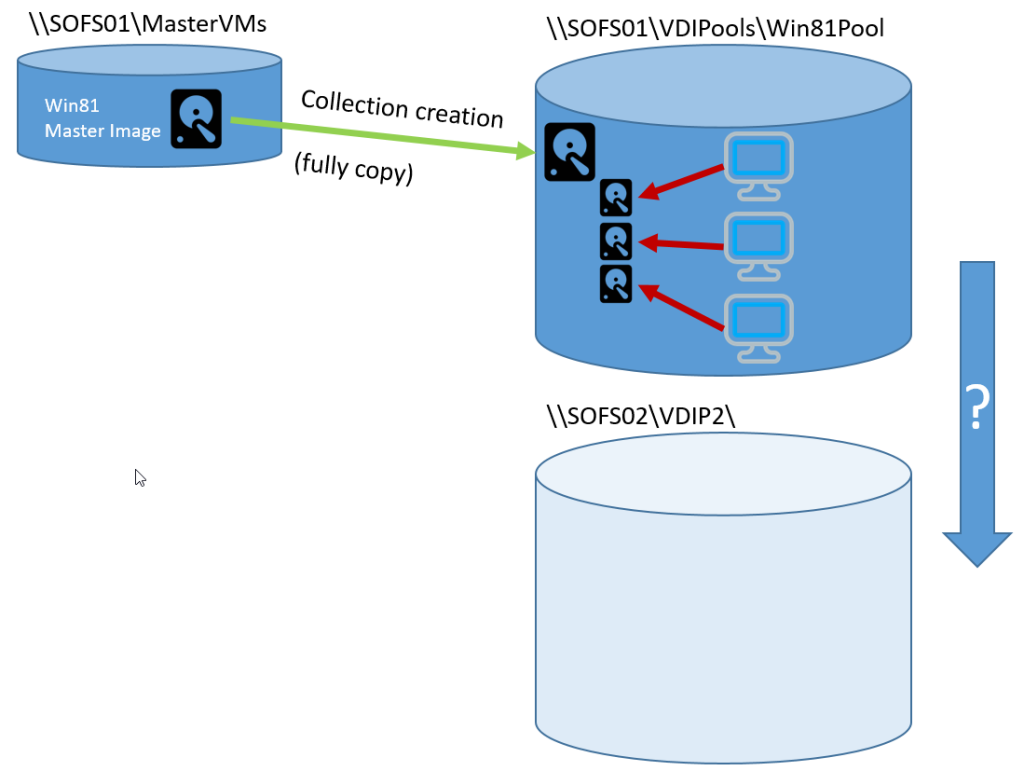
Change Storage Location Of Rds Vdi Collections
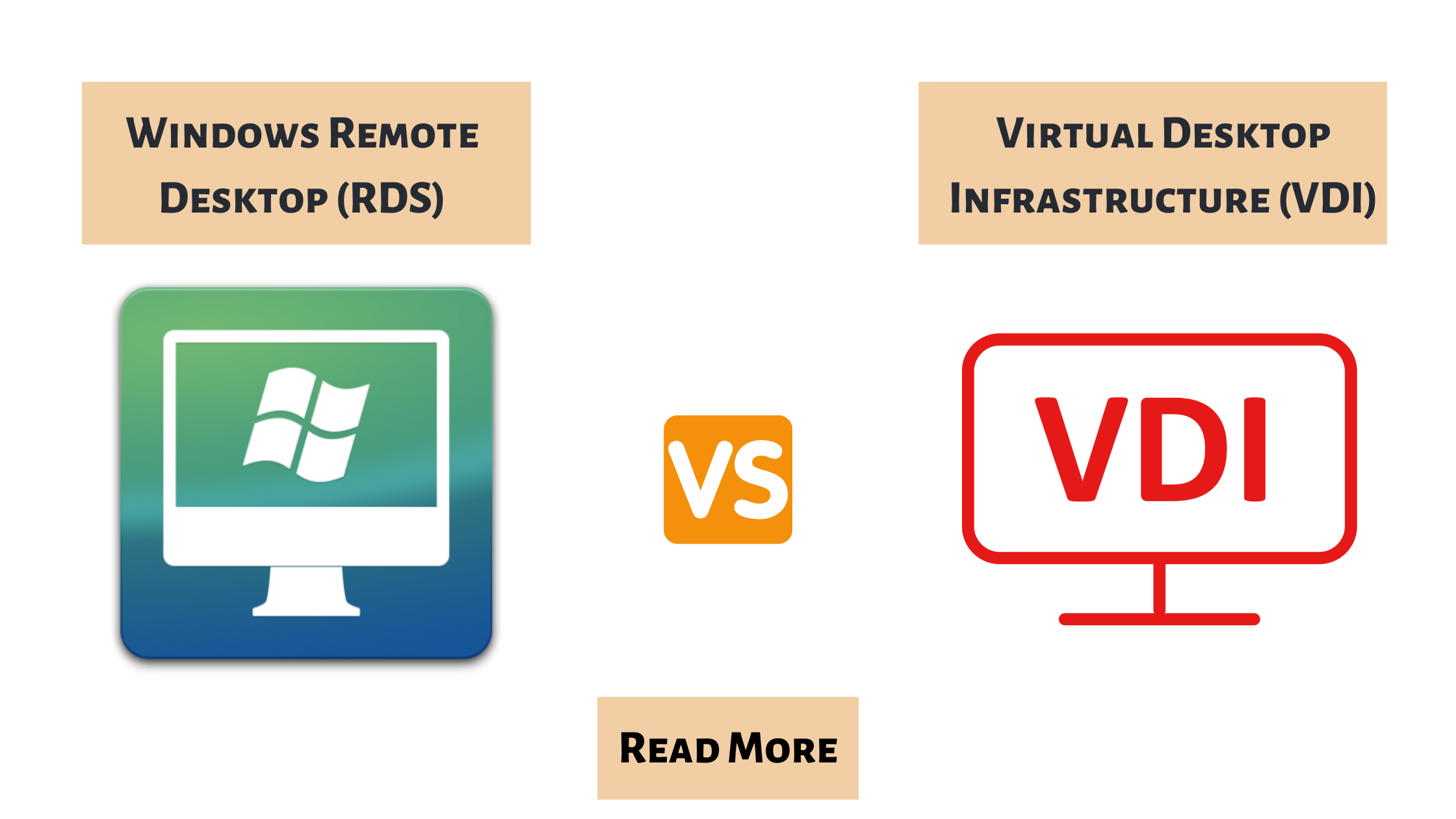
Windows Remote Desktop Rds Vs Virtual Desktop Infrastructure Vdi Buy Vdi Buy Dedicated Server

Vdi Vs Rds What Is The Difference Between Vdi And Rdp Rds And Their Advantages Routerhosting

A New Virtual Desktop Could Not Be Created Verify That All Hyper V Servers Have The Correct Network Configuration Charbel Nemnom Mvp Mct Cloud Cybersecurity

Part 2 Ultimate Step To Remote Desktop Services Html5 Quickstart Deployment Rds Vdi Rdp Rdmi Argon Systems
Microsoft Remote Desktop Email, phone, or Skype No account?.
Vdi rds. According to Using HyperV Server 08 R2 for VDI – Matthijs's blog I would have expected to something like this, clearly showing "Remote Desktop Virtualization Host" as a component;. RDS deployments offer scalability, centralisation & consistency across desktops However, RDS lacks a lot of the power of a dedicated virtual desktop Enter DaaS Desktop as a Service (DaaS) is a cloud service in which the backend of a virtual desktop infrastructure (VDI) that we host and manage for you. RDSVDI – Connection Broker, Web Access HV01VDI – HyperV host (RD Virtualization Host) – GB RAM, 10 vCPU I already created new organizational unit called VDI This will be the default OU which will host our VDI’s Next, I have configured DHCP so that VDI’s get correct network settings Make sure that you have this before you.
You now know how to set up an infra VDI on Windows Server 16/19 If you are familiar with RDS environments, setting up VDI is similar, you just need to have HyperV knowledge The use of virtual desktops makes it possible to isolate user environments and guarantee equal performance and heavy processing that is launched from a virtual. VDI is a type of desktop virtualization, but desktop virtualization can also be implemented in different ways, such as remote desktop services (RDS), where users connect to a shared desktop that runs on a remote server. Stratodesk’s NoTouch Desktop is the solution of choice whether you are planning to use Remote Desktop Services (RDS) or you are currently connected and want to scale your Microsoft VDI NoTouch includes the FreeRDP software for instant RDP connectivity.
We will try to explore here, when is it the time to think of moving to Azure Windows Virtual Desktop (WVD) which comes as hosted desktop as a service (DaaS) and its advantages;. But that doesn't appear on HyperV Server 19 Hence AddWindowsFeature –Name RDSVirtualizationsimply doesn't work. Now Microsoft® RDS includes two techniques for providing virtual desktops, Session virtualization and VDI based on a collection of Windows 8 or 81 virtual desktops While Session virtualization uses far less hardware resources, it is based on a server OS, which can be less experience for our users and limit the applications we can offer using.
OneDrive VDI OneDrive for Business and full file sync is not officially supported for nonpersistent VDI and RDS deployments That means that the OneDrive desktop app doesn’t support client sessions that are hosted on Remote Desktop Services (RDS) and to nonpersistent Virtual Desktop Infrastructure (VDI), persistent VDI is supported, however. VDI and RDS can be configured to restrict data from leaving the corporate network VPN connections protect the data in transit, however data can still be moved to any device the employee wants, so extra steps should be taken to protect against having data scattered around remotely. How to choose VDI vs RDS vs DaaS VDI is a popular choice because it offers a virtualized version of a familiar computing model—physical desktop computing But implementing VDI requires you to manage all aspects of the infrastructure yourself, including the hardware, operating systems and applications, and hypervisor and associated software.
Virtual Desktop Infrastructure (VDI) allows organizations to run full desktop operating systems that are dedicated to each User, on virtual machines (VMs) For virtual desktops in a VDI environment, either the Sophos Endpoint Protection Remote Desktop Services (RDS), also known as Terminal Services, allows multiple Users to share a single. Applies to Windows Server 12 and 12 R2 In previous articles, we looked at the deployment steps of a traditional form of Remote Desktop Services (RDS) for 12 and 12 R2 Now let’s take a look at the setup of VDI for a 12 RDS farm This will be broken down into three parts In. The VDI Guys TheVDIGuys Follow Block or report user Block or report TheVDIGuys Block user Prevent this user from interacting with your repositories and sending you notifications Learn more about blocking users Block user Report abuse Contact GitHub support about this user’s behavior.
Remote Desktop Services (RDS) or Virtual Desktop Infrastructure (VDI) are both solutions to achieve desktop virtualization They have their differences and similarities, strengths, and limitations With current remote access requirements, thousands of companies are looking at ways to allow their employees to operate remotely. RDS and VDI licensing options at a glance RDS CAL LICENSING OPTIONS With the basics out the door, let’s go one level deeper into RDS CAL licensing The RD License server This is a mandatory role for Microsoft to be set up in your RDS environment For small deployments, it can be deployed on the RD Session Host. We will try to explore here, when is it the time to think of moving to Azure Windows Virtual Desktop (WVD) which comes as hosted desktop as a service (DaaS) and its advantages;.
Previously, it was just possible to use VDI to access apps remotely using Microsoft's Remote Desktop Services connections with the Windows Server OS, which didn't offer the same userfriendly. MS RDSSession Based services require RDSCALs (either userbased or devicebased) This has always been the case going back as far as Windows Server 00 Terminal Services MS RDSVDI (either Personal VM or Pooled VM) require Windows with SA or VDA I don't understand where the necessity for and RDSCAL comes in. Virtual Desktop Infrastructure (VDI) is, simply put, desktop virtualization Desktop (or client) virtualization is like server virtualization but for enduser machines The end user’s desktop environment is separated by virtualization from the physical machine where it appears Desktop virtualization is an instance of clientserver computing.
Adding Custom RDP Properties in Windows Server 12 VDI (RDS) Environments This Wiki guides you through the process of adding custom RDP properties to you VDI (SessionBased as well as Virtual MachineBased) deployments With Windows Server 12 there is no option to set this in the RDMS Server Manager GUI. Named user licensing¶ Named user licensing (NUL) is the preferred activation method DC products support NUL and user management via the Admin ConsoleThe Console supports managing single user and group entitlements for all Adobe products as well as Single SignOnIt also provides tools for managing software, users, and devices and support multiple ID types. Virtual Desktop Infrastructure – Virtual Desktop Infrastructure (VDI) is to run user desktops inside virtual machines, hosted on a server computer The server computer hosting the virtual desktops uses the hypervisor to abstract the physical compute and storage resources and make them available to the individual VMs that support the desktops.
This article focuses mainly on the migration procedure for the Windows Virtual Desktop fall 19 release While this post will focus on new Microsoft Azure tools that will help you migrate Remote Desktop Services (RDS) and Virtual Desktop Infrastructure (VDI) environments to Windows Virtual Desktop, I’d like to start by thanking everyone that has adopted Windows Virtual Desktop since we. VDI is different from RDS in following ways In a RDS environment multiple users can access a single environment, which could be customized on a per user basis but resources are not dedicated to a particular user Whereas, In a VDI environment each user either accesses their own centrally hosted physical PC or VM or they can access a shared VM. Azure Remote Desktop Services (RDS) is a VDI solution on Azure, which provides secure access to virtualized applications and desktops RDS lets end users access their applications and desktops remotely on the cloud, via mobile and desktop devices.
Because all users share a single server, RDS could be less secure than VDI For performance and compliance, VDI is a better solution VDI usually provides stronger resilience and redundancy when properly configured, as the virtual servers can failover or be restarted on a fresh host. The VDI Guys TheVDIGuys Follow Block or report user Block or report TheVDIGuys Block user Prevent this user from interacting with your repositories and sending you notifications Learn more about blocking users Block user Report abuse Contact GitHub support about this user’s behavior. With remote access requirements today, many organizations are looking at options to allow employees to work remotely Most organizations will choose between Remote Desktop Services (RDS), virtual desktop infrastructure (VDI), or a virtual private network (VPN) Let's take a look at RDS vs VDI vs VPN to see why your business may choose one technology over another for remote access.
A Virtual Desktop Infrastructure (VDI) application suite runs on top of a hypervisor on Intel x86 hardware platforms, allowing IT departments to host and manage user desktops on virtual machines (VM) in the data center Users access serverhosted virtual desktops from a device using a remote display protocol. VDI stands for Virtual Desktop Infrastructure and RDS stands for Remote Desktop Session Hosts What this really means is VDI is built around the Windows Client Operating System, Windows 10 RDS is built around the Windows Server Operating System At this point you are thinking, of course I want my users on Windows 10, not Windows Server. VPN (Virtual Private Network) is a technology that allows user devices to securely connect to the corporate network from remote locations.
Azure Remote Desktop Services (RDS) is a VDI solution on Azure, which provides secure access to virtualized applications and desktops RDS lets end users access their applications and desktops remotely on the cloud, via mobile and desktop devices. RDS – Remote Desktop Services – is a framework of roles These are explained below For a simple VDI connection (without RDS), you don’t need all these roles We already mentioned that RDS can be used to give access to full desktops, as well as to (single) applications For the latter, ‘RemoteApp’ comes into the picture This is a. Also, in a VDI session if a user totally borks something up, or a virus invades and crashes the system, just that user's VDI session explodes If somebody manages to get a bug that can crash an RDS server, then that could be 50 or 100 people that get taken out.
Remote Access Solutions VPN, RDS and VDI What is a VPN?. In case you are using Remote Desktop or Virtual Desktop service We will also understand how Azure Migrate service with all its features helps to make the. Now, on the Select Role Services page, only select the Remote Desktop Virtualization Host role service This is the only role service that is being installed at this time Click Next NOTE If.
Differences between RDS (Remote Desktop Services), WVD (Windows Virtual Desktop), and VDI (Virtual Desktop Infrastructure) What software you should be using versus what your users should be using Best practices for easing access while maintaining cybersecurity and organization. Because all users share a single server, RDS could be less secure than VDI For performance and compliance, VDI is a better solution VDI usually provides stronger resilience and redundancy when properly configured, as the virtual servers can failover or be restarted on a fresh host. To set up VDI software on your personal computer, please visit https//cgportaluscgmil/units/tiscom/Services/SitePages_EISI/Virtual_DesktopaspxPlease keep in mind.
To set up VDI software on your personal computer, please visit https//cgportaluscgmil/units/tiscom/Services/SitePages_EISI/Virtual_DesktopaspxPlease keep in mind. Unlike RDS, which is limited to Windows Server, VDI is not limited to a single operating system or a single application architecture RDS runs on a single server and users access it through a network connection and Remote Desktop Protocol With VDI, each user receives their own virtual server. In general, if there are VDI and RDS at the same environment, after you enter vdi hostname and user credential on physical thin client (like picture),you will login vitual desktop sessionIn this vitual desktop session you can also use mstsc to remote access session host server.
Desktop virtualization is a software technology that separates the desktop environment and associated application software from the physical client device that is used to access it Desktop virtualization can be used in conjunction with application virtualization and user profile management systems, now termed user virtualization, to provide a comprehensive desktop environment management system. To enable HyperV VDI, you need two Windows server roles HyperV, which creates and manages VMs, and Remote Desktop Services (RDS), which enables and manages communication between a user and a virtual desktop over the network. Defining VPN, VDI and RDS VPN – Virtual Private Network A virtual private network or VPN is a fairly old way of connecting users to a corporate network and resources such as shared folders, printers and applications It allows users to connect their desktop to a private office network using a public network (the internet) by way of an.
Also, in a VDI session if a user totally borks something up, or a virus invades and crashes the system, just that user's VDI session explodes If somebody manages to get a bug that can crash an RDS server, then that could be 50 or 100 people that get taken out. With remote access requirements today, many organizations are looking at options to allow employees to work remotely Most organizations will choose between Remote Desktop Services (RDS), virtual desktop infrastructure (VDI), or a virtual private network (VPN) Let's take a look at RDS vs VDI vs VPN to see why your business may choose one technology over another for remote access. Microsoft Remote Desktop Services (RDS), previously called Terminal Services, has been with us for 15 years Virtual desktop infrastructure (VDI), on the other hand, is still getting its engine going in many organizations To help you choose the right path for your environment, see how VDI and RDS stack up against one another in this desktop virtualization comparison.
MS RDSSession Based services require RDSCALs (either userbased or devicebased) This has always been the case going back as far as Windows Server 00 Terminal Services MS RDSVDI (either Personal VM or Pooled VM) require Windows with SA or VDA I don't understand where the necessity for and RDSCAL comes in. Now with our RD Virtualization Host deployed as per Part I of deploying VDI for RDS 12, we are ready to publish a Windows 7 pooled VDI desktop This section will cover the deployment of a pooled desktop and the options available when deploying the desktop The first thing we will need is a Windows 7 virtual machine. Desktop virtualization is a top trending term, which is capable of delivering high performance, high security and required flexibility to all businesses Either Remote Desktop Services (RDS) or Virtual Desktop Infrastructure (VDI) can achieve desktop virtualization.
Defining VPN, VDI and RDS VPN – Virtual Private Network A virtual private network or VPN is a fairly old way of connecting users to a corporate network and resources such as shared folders, printers and applications It allows users to connect their desktop to a private office network using a public network (the internet) by way of an. RDS and VDI migration to Windows Virtual Desktop Why Consider?. HeadtoHead VPN vs VDI vs RDS When you’re looking for a unified experience and don’t need to allocate a lot of resources, consider a remote desk For companies with staff that needs a more tailored experience, dedicated resources, and more processing power, go with a VDI Setup and Maintenance With a VPN, all processing is on the client.
In case you are using Remote Desktop or Virtual Desktop service We will also understand how Azure Migrate service with all its features helps to make the. Windows 10 optimization script for VDI configurations TheVDIGuys/Windows_10_VDI_Optimize. The VDI Guys TheVDIGuys Follow Block or report user Block or report TheVDIGuys Block user Prevent this user from interacting with your repositories and sending you notifications Learn more about blocking users Block user Report abuse Contact GitHub support about this user’s behavior.
Defining VPN, VDI and RDS VPN – Virtual Private Network A virtual private network or VPN is a fairly old way of connecting users to a corporate network and resources such as shared folders, printers and applications It allows users to connect their desktop to a private office network using a public network (the internet) by way of an. Azure Remote Desktop Services (RDS) is a VDI solution on Azure, which provides secure access to virtualized applications and desktops RDS lets end users access their applications and desktops remotely on the cloud, via mobile and desktop devices. 3) Remote Desktop Control Remote Desktop Control is not supported for VDI Clients Support for Remote Desktop Control has been disabled 4) Video Clip Sharing The option to enable audio when sharing content is not supported for the VDI solution This feature requires an audio driver on the virtual desktop that is unavailable to the thin client.
Microsoft Desktop Virtualization automatically detects device configurations and network conditions to get users up and running sooner by enabling the instant setup of corporate applications and desktops, and it equips IT to provide access to legacy applications during migration to Windows 10. RDS and VDI migration to Windows Virtual Desktop Why Consider?. RDS – Remote Desktop Services – is a framework of roles These are explained below For a simple VDI connection (without RDS), you don’t need all these roles We already mentioned that RDS can be used to give access to full desktops, as well as to (single) applications For the latter, ‘RemoteApp’ comes into the picture This is a.
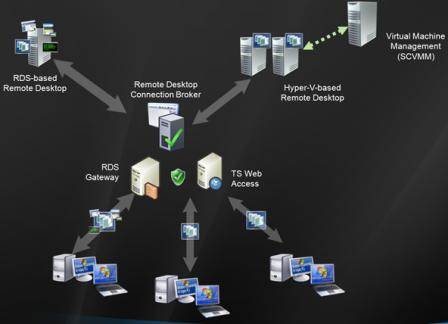
The Basics Of Remote Desktop Services Getting Started
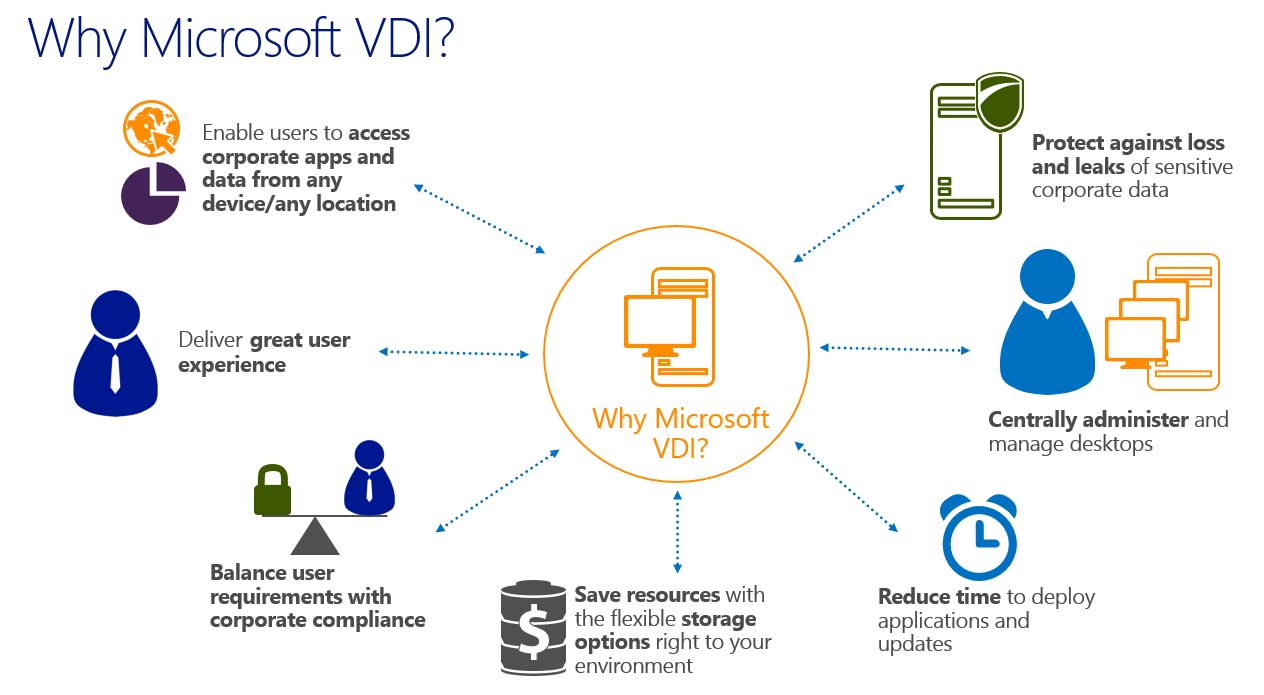
Talk What S New In Windows Server 12 Virtual Desktop Infrastructure And Remote Desktop Services Opsconfig

Welcome To Remote Desktop Services In Windows Server 16 Microsoft Docs

Deploying Remote Desktop Gateway Rds 12 Ryan Mangan S It Blog

Hybrid Cloud Microphone Support On Vdi Using Rds

Vdi And Rds Os Support Msitpros Blog

Fslogix Is Now Included In Your Rds License And That S Great News

So Why Choose Citrix Over Microsoft Rds Marius Sandbu
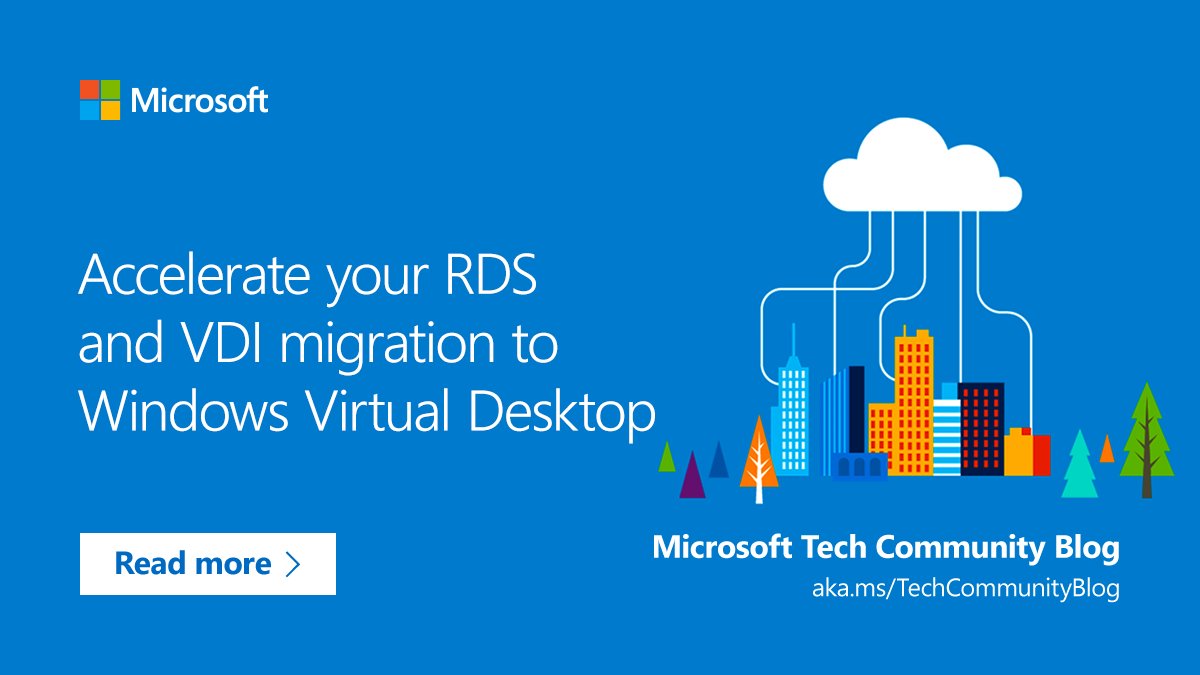
Microsoft Technet Uk A Twitteren This Community Blog Post Looks At Various Microsoft Azure Tools That Will Help You Migrate Remote Desktop Services Rds And Virtual Desktop Infrastructure Vdi Environments To Windows
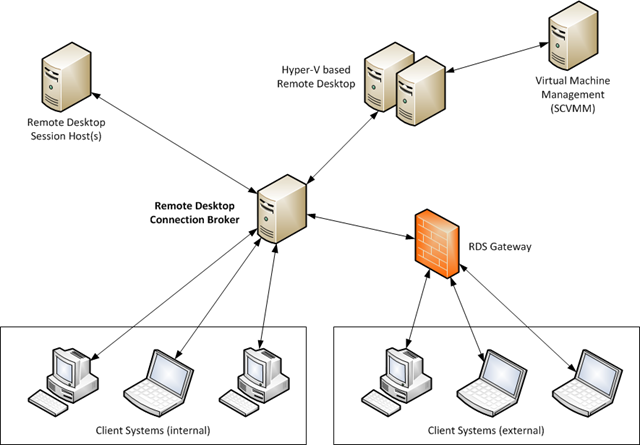
Microsoft Vdi Explained Remote Desktop Services Virtualization Rds V For Windows 08 R2 Windows 7 Agile It

Open Virtualization Blog Uds Enterprise Best Vdi Broker For Smbs And Education

19 Windows Server 16 Deploying Microsoft Virtual Desktop Infrastructure Vdi By Using Rds Youtube
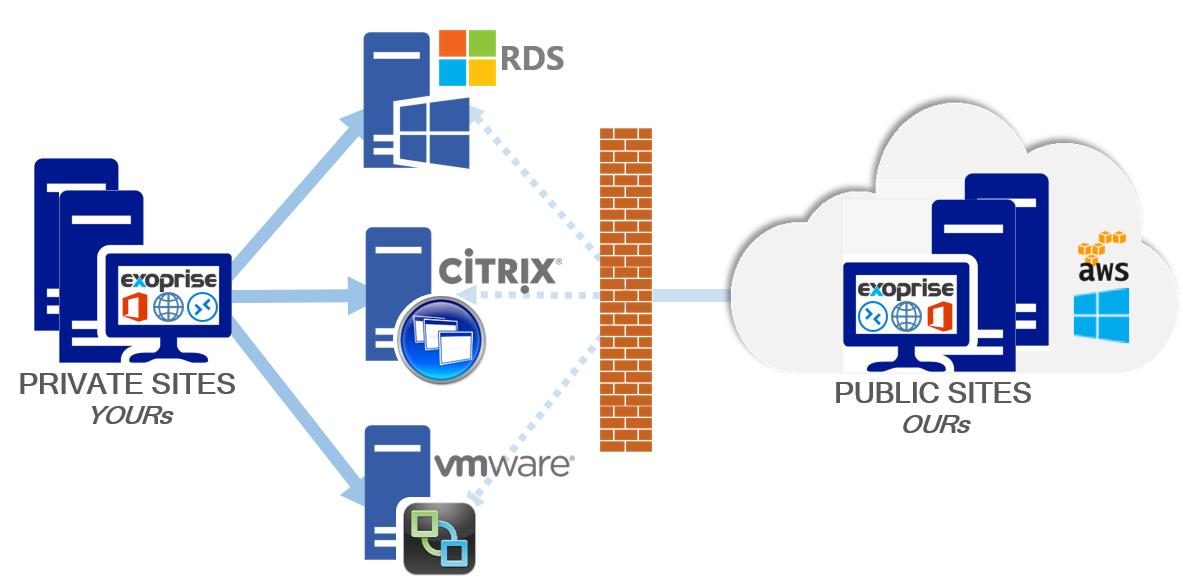
Rdp And Vdi Performance Monitoring Exoprise
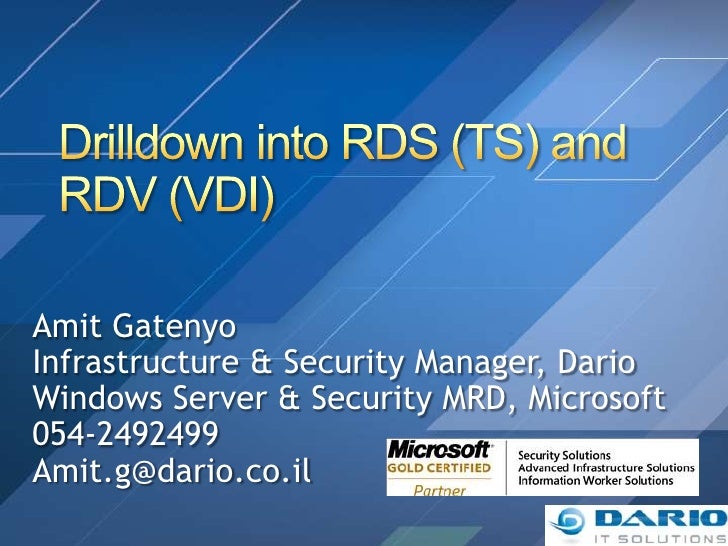
Drilldown Into Rds Ts And Rdv Vdi

Getting Started With Vdi Getting Started With Windows Vdi

Using Microsoft Vdi To Enable New Workstyles 03 Deploying Virtual Desktops With Windows Server 12 And Rds Using Microsoft Vdi To Enable New Workstyles Channel 9

So It S Vdi Versus Rds What Do You Choose

Windows Server 19 Training 30 How To Create Microsoft Pooled Vdi With Rds On Windows Server 19 Youtube

Demystifying Rdp Understanding Rdp Vdi Rds Awingu
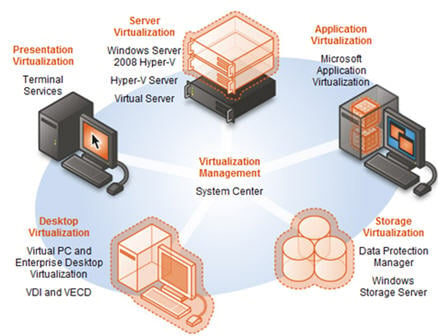
Windows Server 08 Rds Does Voip

Infrastructure Flip It

Part 2 How To Setup Rds And Virtual Desktop Infrastructure Vdi Oemtv Channel 9
Q Tbn And9gcrnuqmbomsfn5z0rnlpapimkbrarifpcrq8 Rk4ijsg4muebn2i Usqp Cau

Building Vdi Solutions In Azure What Options Do We Have Marius Sandbu

Microsoft Vdi Overview Microsoft Tech Community

Launch Rds Session Based Desktops Vmware End User Computing Demo Portal User Guide Guides
Q Tbn And9gcqbwdghk2vadu0ywt4rijpqwzhcwshljumcnxglasq Fxi3wzqn Usqp Cau

Accelerate Your Rds And Vdi Migration To Windows Virtual Desktop With Azure Migrate European Sharepoint Office 365 Azure Conference 21

Seamless Application From A Virtual Desktop If Only This Made Financial Sense Gunnar Berger

Server Based Computing Sbc And Virtual Desktop Infrastructure Vdi

Whitepaper Stimuleer Thuiswerkproductiviteit Rds Vdi Hpe

Remote Desktop Services 16 Part 11 Virtual Desktop Infrastructure Vdi Nedim S It Corner

Windows Server 19 Remote Desktop Services Rds Cal Halfrain Microsoft Software Licensing Store

Remote Desktop Vdi Dutchwyse
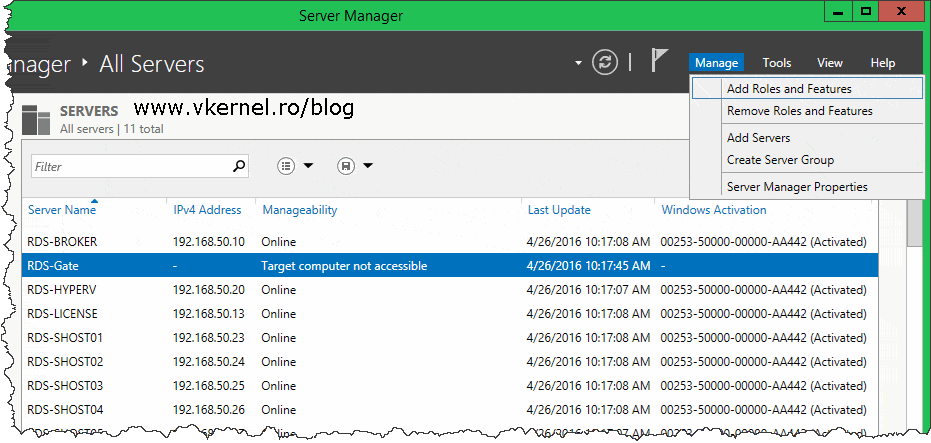
Deploying Vdi Using Windows Server 12 R2 Adrian Costea S Blog

Vmware Announces Horizon View 6 Taking On Citrix Xenapp With Rds Hosted Apps Wooditwork Com

How To Deploy Hyper V Vdi A Step By Step Guide

Remote Desktop Services 16 Part 11 Virtual Desktop Infrastructure Vdi Nedim S It Corner
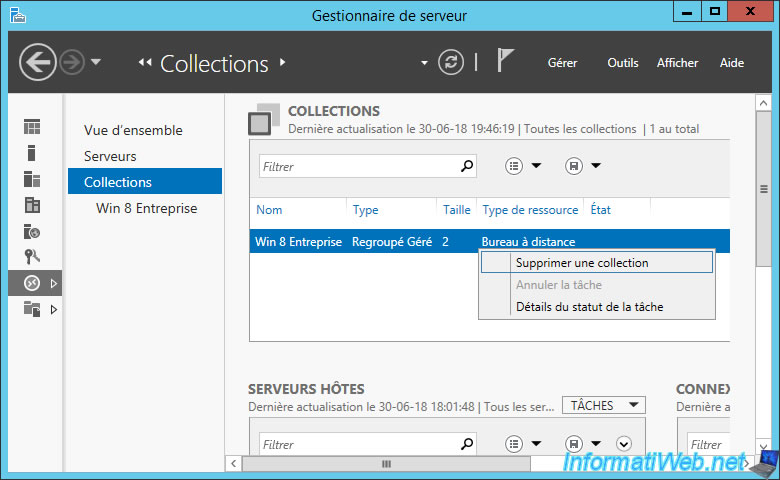
Create A Virtual Desktop Infrastructure Pooled Virtual Desktops On Windows Server 12 12 R2 Rds Vdi Windows Server Tutorials Informatiweb Pro

Test Your Vpn Vs Vdi Vs Rds Knowledge Airnet Group
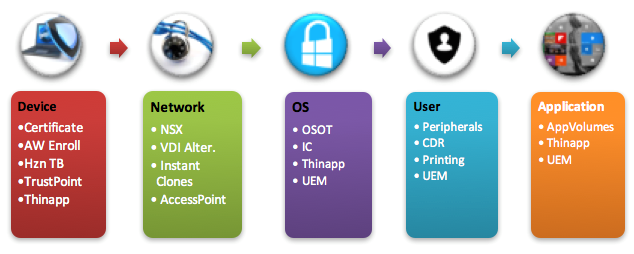
30 Ways To Secure Remote Desktop Services Vmware End User Computing Blog

Patch Automation Comparison Sccm Orchestration Groups Vs Beekeeper Green House Data

Remote Desktop Services 16 Part 11 Virtual Desktop Infrastructure Vdi Nedim S It Corner

Deploying Vdi For Rds 12 12r2 Part Iii Updating A Pooled Desktop Image Thewolfblog

Desktop And Client Virtualization New Workstyles With Microsoft Vdi
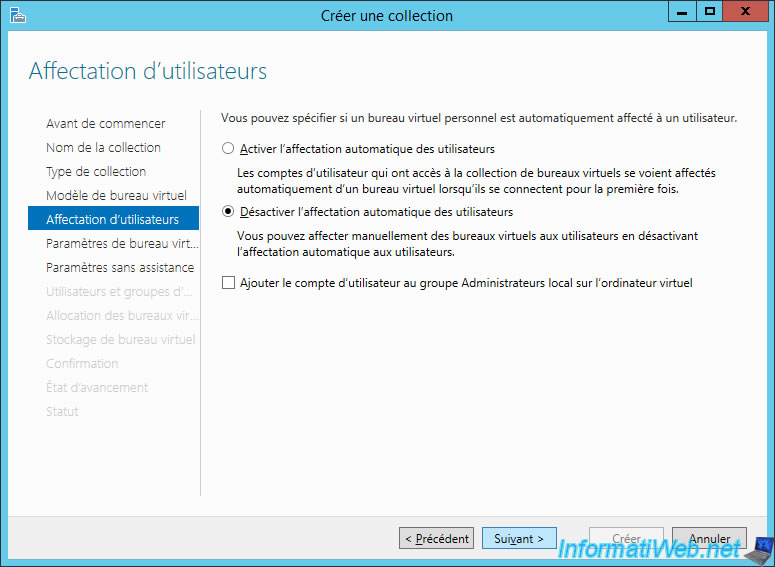
Create A Virtual Desktop Infrastructure Personal Virtual Desktops On Windows Server 12 12 R2 Rds Vdi Windows Server Tutorials Informatiweb Pro

Vpn Vs Vdi Vs Rds Which Remote Access Is Best For You
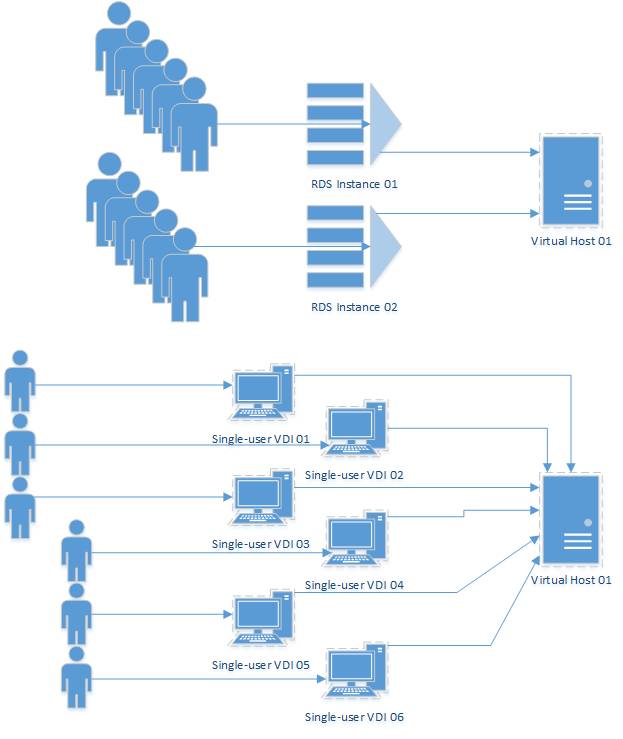
Everything You Always Wanted To Know About Vdi But Were Afraid To Ask No It S Not An Std The Register
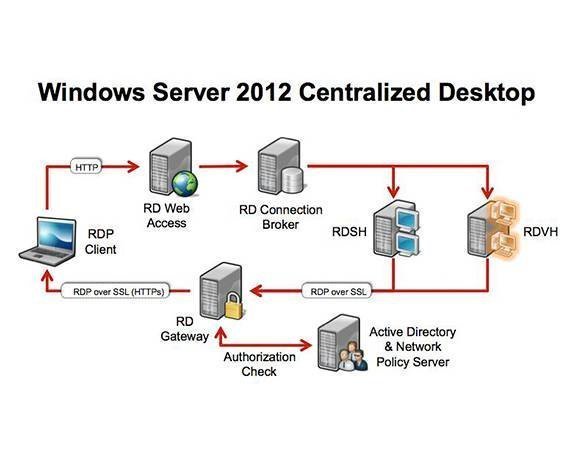
How Microsoft Rds In Windows Server 12 Simplifies Vdi Deployment
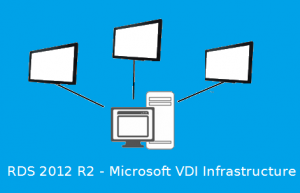
Rds 12 R2 Virtual Desktop Infrastructure Part Xi Griffon S It Library
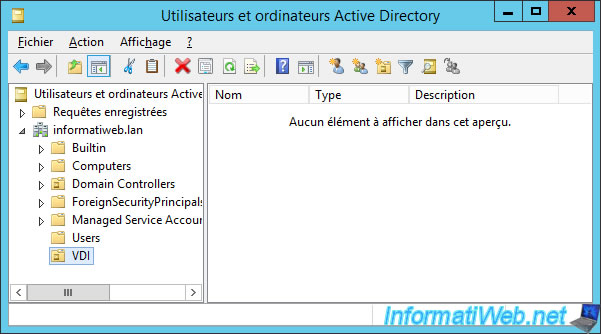
Create A Virtual Desktop Infrastructure Pooled Virtual Desktops On Windows Server 12 12 R2 Rds Vdi Windows Server Tutorials Informatiweb Pro

Vdi と Rds の違い 仮想化基盤テクノロジー

Vdi And Rds What Is The Difference And What Is Better To Choose Blog King Servers

Demystifying Rdp Pt 2 Understanding Microsoft S Rds Vdi Licensing
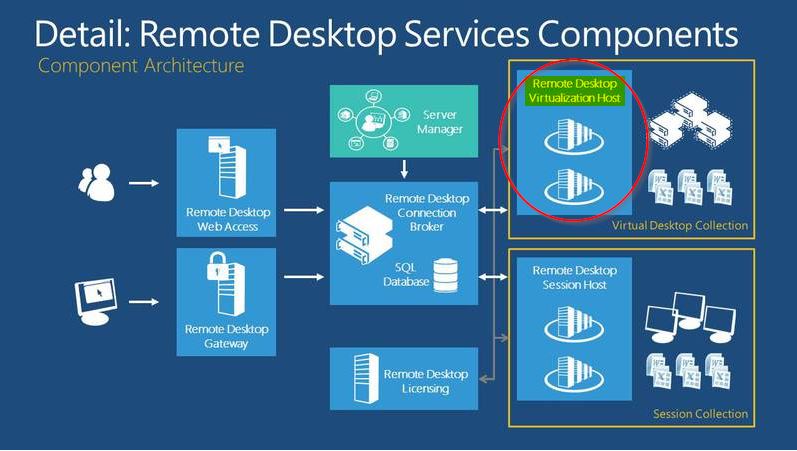
Fix Rds Virtualization Host Assignment After Re Reployment

Demystifying Rdp Understanding Rdp Vdi Rds Awingu

Rds
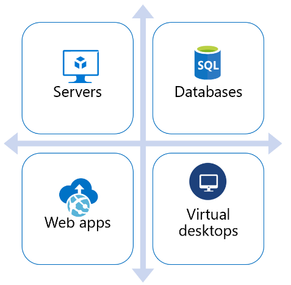
Accelerate Your Rds And Vdi Migration To Windows Virtual Desktop Thewindowsupdate Com

Deploying Vdi For Rds 12 12r2 Part I Thewolfblog
S2gov Vdi Rds Costs Icon Neeko Technology Services

Windows Server 12 Vdi Rds Infrastructure And Management Teched Europe 12 Channel 9
Www Citrix Com Content Dam Citrix En Us Documents Product Overview Citrix Xenapp And Xendesktop On Microsoft Rds Vdi Feature Comparison Pdf

14 Windows Server 12 R2 Session Based Desktop Deployment Vdi Installation Youtube
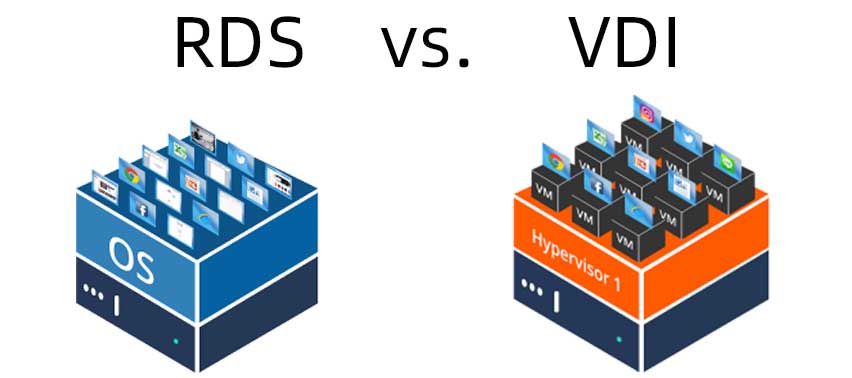
Rds Vs Vdi Compare The Difference Between Rds And Vdi Vcloudpoint

How To Deploy Hyper V Vdi A Step By Step Guide
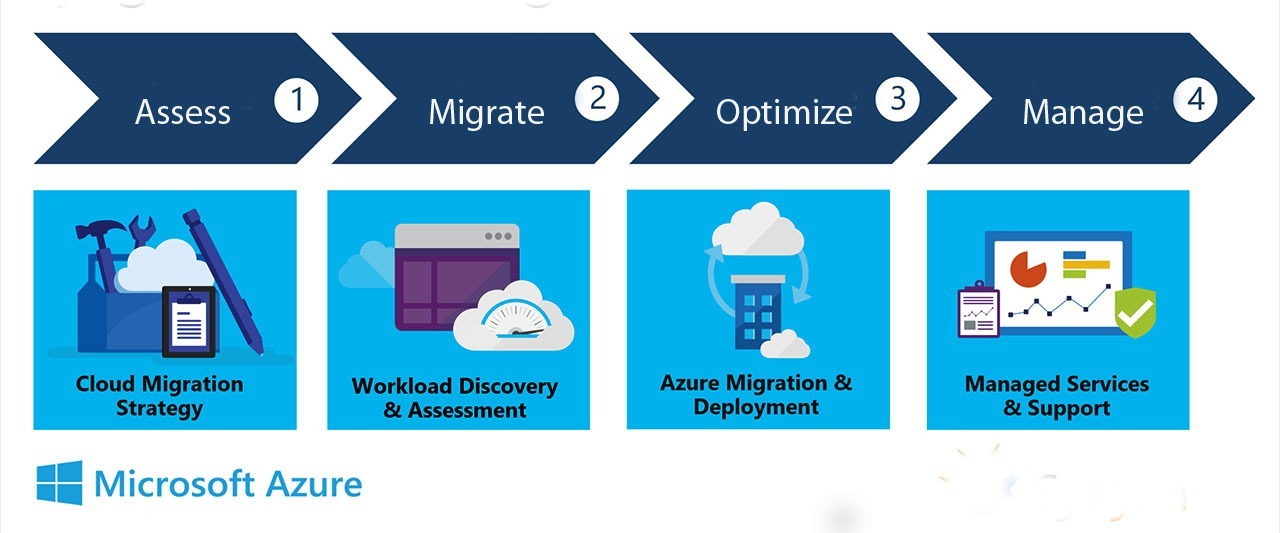
Rds And Vdi Migration To Windows Virtual Desktop Why Consider Clouddesktoponline

Vdi Vs Rds How Licensing Works And How It Affects Your Business Organization Sandy Tang
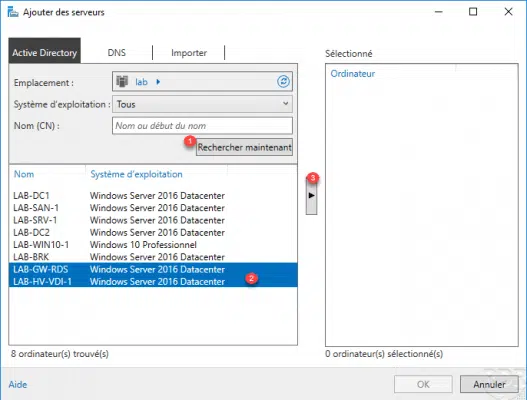
Vdi Installation And Configuration With Windows Server Rdr It
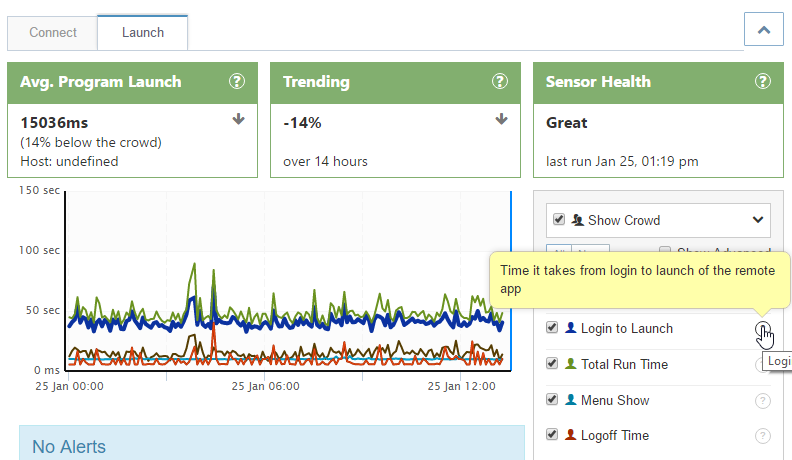
Rdp And Vdi Performance Monitoring Exoprise

Demystifying Rdp Pt 2 Understanding Microsoft S Rds Vdi Licensing

Deploying Vdi For Rds 12 12r2 Part Ii Publishing A Windows 7 Pooled Desktop Thewolfblog

How To Deploy Vdi Using Microsoft Rds In Windows Server 12 R2 Blog By Raihan Al Beruni

Remote Desktop Vdi Dutchwyse

The Microsoft Platform September 17

Windows Virtual Desktop Gebruiken Voor Je On Premises Vdi Rds Omgeving Resultaatgroep

Microsoft Rds Session Host Vs Vdi Based Deployment Youtube

Accelerate Your Rds And Vdi Migration To Windows Virtual Desktop Microsoft Tech Community

The Microsoft Platform Everything You Ever Wanted To Know About Microsoft Vdi From Teched 12

The Difference Between Vdi And Terminal Server Youtube

Azure Migration Christiaanbrinkhoff Com Sharing Cloud And Virtualization Knowledge

Windows Server 12 Vdi Rds Infrastructure And Management Teched North America 12 Channel 9

Vdi Vs Rds Which Is Better For You
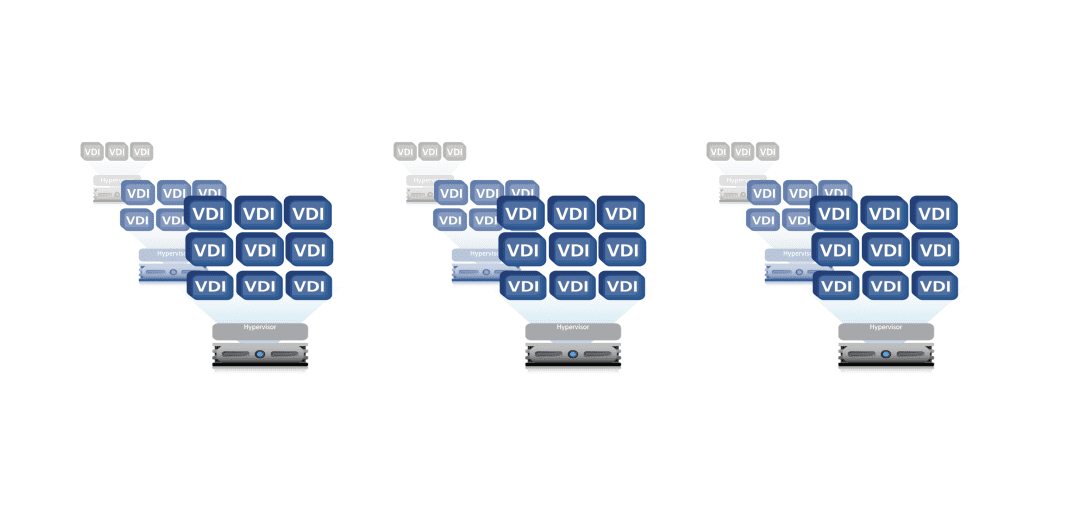
Vdi Oder Rds Welches Ist Die Richtige Losung Fur Deine Cloud Anforderungen Parallels Blog De

Accelerate Your Rds And Vdi Migration To Windows Virtual Desktop Microsoft Tech Community
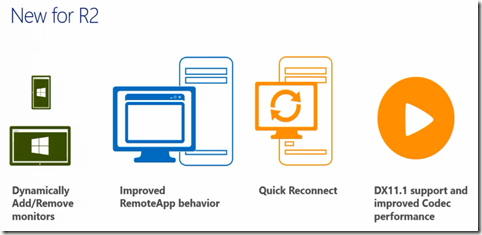
Rds Vdi In Windows Server 12 R2 Deel 2 De Details Wortell
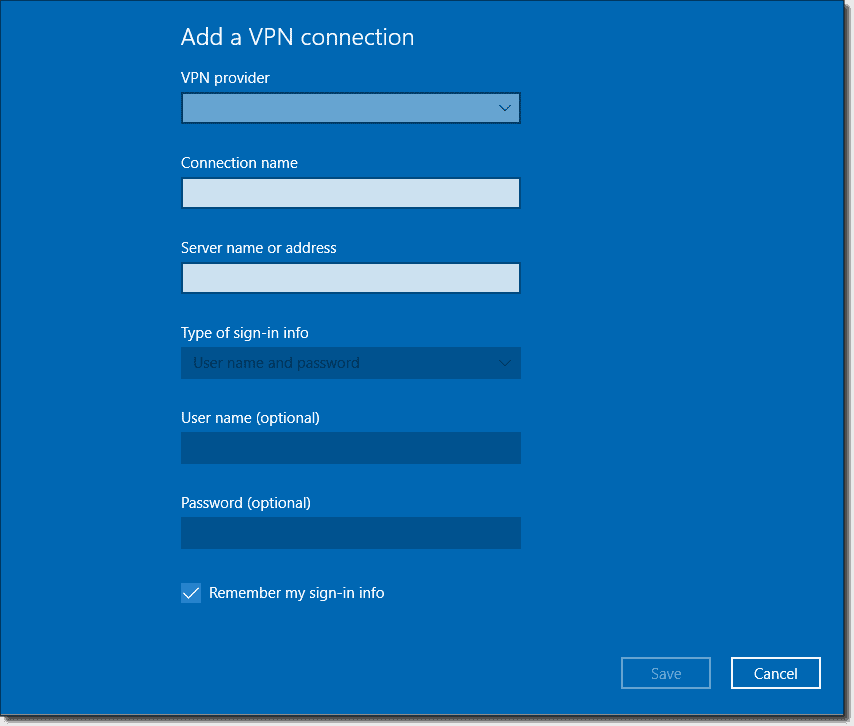
Remote Work Rds Vs Vdi Vs Vpn 4sysops
Q Tbn And9gcrpge03hlkdpb7erqmytcneflbzpp56acsm6lu3cor2g1dlc4sz Usqp Cau

The Difference Between Traditional Vdi Rds And Daas By Managed Azure Security By Novaquantum Medium

Step By Step Server 16 Remote Desktop Services Quickstart Deployment Rds Vdi Rdp Remoteapp Robert Smit Mvp Blog
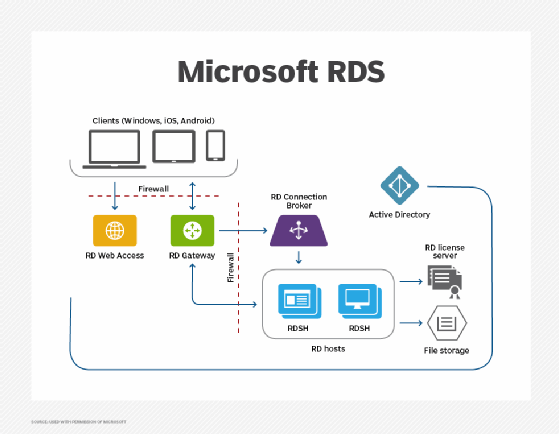
What Is Remote Desktop Services Rds Definition From Whatis Com

Quick Vdi Deployment Useit Roman Levchenko

How To Deploy Hyper V Vdi A Step By Step Guide
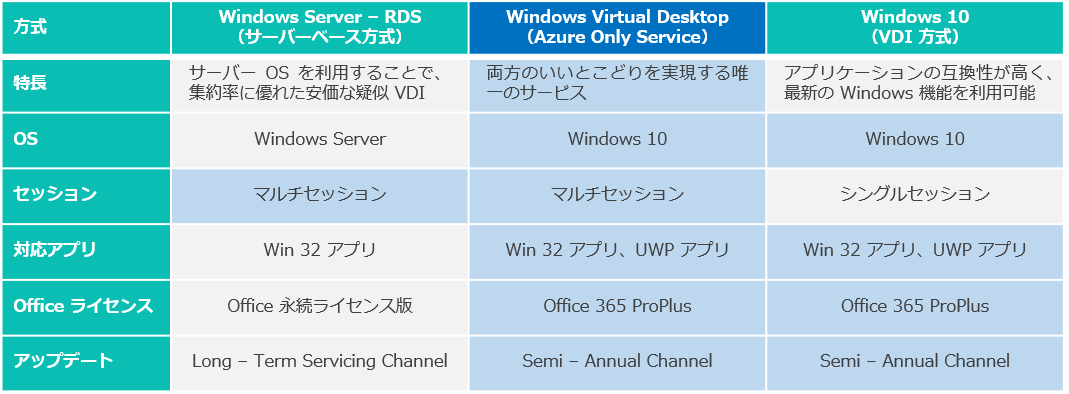
第58回 リモートデスクトップは 結局なにが最適なのか メリット デメリットを比較してみました Ibc Solution
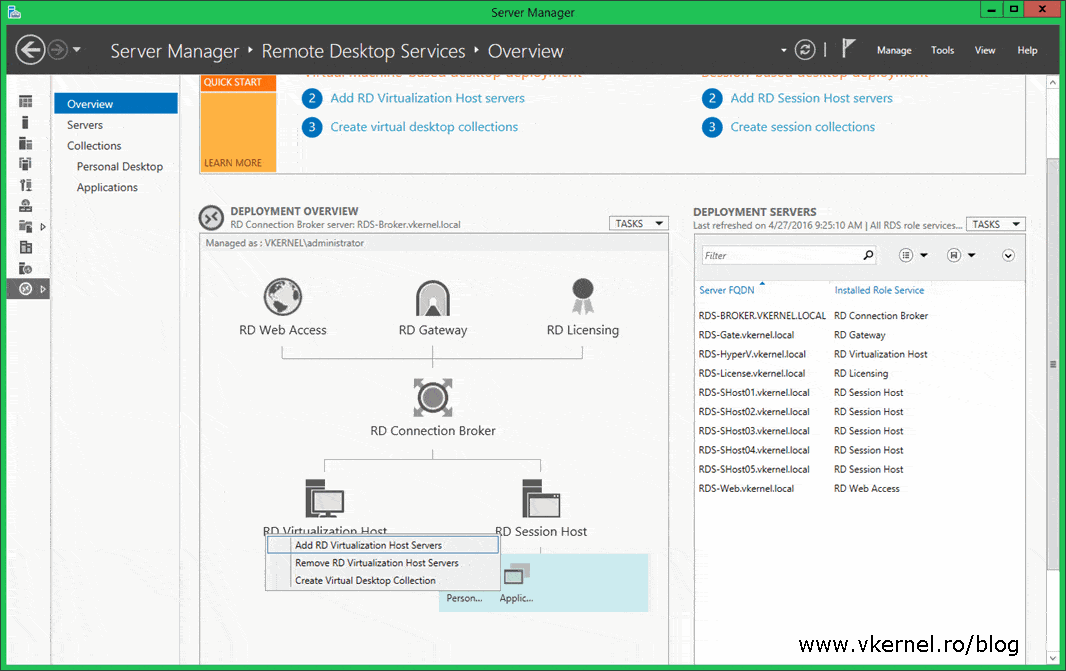
Deploying Vdi Using Windows Server 12 R2 Adrian Costea S Blog

Configuring Active Directory For Rds 12 Vdi Collection Ryan Mangan S It Blog
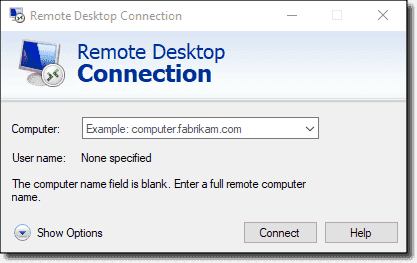
Remote Work Rds Vs Vdi Vs Vpn 4sysops

Vdiとリモートデスクトップ Rds の違いとは どちらが最適 Itトレンド
Q Tbn And9gcsfc Mbbypzpsudifwvv14brjdhpjnh1q Kw 9wcuq2nf9tyspb Usqp Cau



